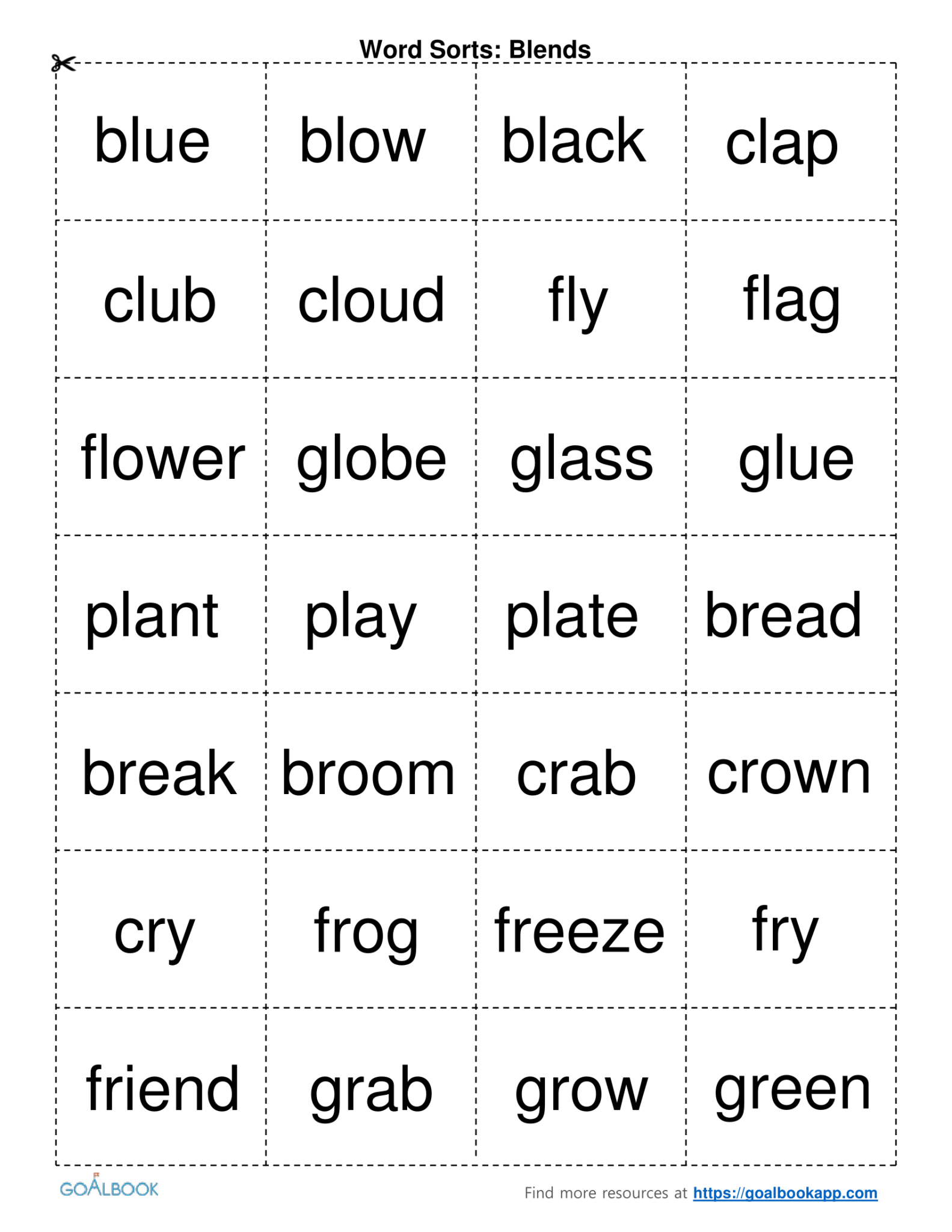

Over 90% of educator respondents with three or more years of using Goalbook Toolkit reported using Toolkit to develop IEP goals in Fall 2020. In comparison, 86% of Toolkit users with one to two years of Toolkit implementation reported using Toolkit to develop IEP goals.

Finding 1: Goalbook Toolkit Usage to Develop IEP Goals Increased Year After YearĦ7% of new Toolkit users reported they used Toolkit to develop IEP goals.
GOALBOOK TOOLKIT HOW TO
Key FindingsĪs evidenced by data from more than 1,700 educators participating in the 2020–21 Goalbook Toolkit User Survey, educators’ consecutive year-over-year implementation of Toolkit expands their learning and understanding of not only how to use Toolkit resources, but more importantly how to embed Toolkit resources into their practice - a key ingredient to transforming practice so that all students succeed. Highlighted below are key findings from the 2020–21 Goalbook Toolkit User Survey responses. While individual educator context and experiences are unique, patterns from the survey data help support a deeper understanding of how and in what ways educators use Goalbook Toolkit to support key areas of practice. Perceptual data sheds insight into how past experience shapes current experience. Moreover, recent data from the 2020–21 Goalbook Toolkit User Survey demonstrated continued usage of Goalbook Toolkit year-over-year increased educators’ perceptions of Goalbook Toolkit as a valued resource in supporting IEP development and specially designed instruction aligned to grade-level standards.Įxploring educator perceptions provides an opportunity to understand their experience in using Goalbook Toolkit. These findings were subsequently reaffirmed in other evaluations of Goalbook Toolkit within different education contexts (Earlywood Educational Services, 2020 Evergreen Public Schools, 2020). The SFSU case study affirmed Goalbook Toolkit promoted educator best practice, integrating and aligning the Golden Thread of identifying student present levels of performance, creating standards-aligned IEP goals, and identifying UDL-aligned instructional strategies that support students in achieving their goals.

Research from San Francisco State University (SFSU) found that IEP goals written with the support of Goalbook Toolkit resources contained 2.5 times more information for planning and measuring an individual student’s success than IEP goals written without the support of Goalbook Toolkit (San Francisco State University, 2014). Previous research has shown Goalbook Toolkit supports educators in crafting standards-aligned, scaffolded, grade-level goals and objectives for students performing below grade-level. Goalbook Toolkit Connects Present Levels to High-Quality IEP Goals The alignment of standards is woven across the Golden Thread from identifying present levels to developing goals and designing instruction, a key reason special educators need support in understanding and unpacking state academic standards across all grade levels. While it is challenging for general and special educators to understand grade-level standards, special educators confront an even greater challenge as they often serve students enrolled across multiple grade levels, functioning at varying grade levels.Ī recent present levels study identified “comparing student performance to grade-level or industry standards” as an indicator of higher-quality present levels. In the absence of this clarity, the goals, objectives, and related instructional planning may be misaligned, or not aligned, to the learning expectations of the standard. At times, the complex wording makes it difficult for educators to unpack or understand the essential learning elements - or expectations - within an academic standard and how to visualize what a student would be doing to demonstrate mastery of the standard. The challenge is standards are often long, multi-faceted, and abstractly worded. This is a critical part of the goal planning process. This approach seeks to raise the learning expectations for students with special needs (Advocacy Brief: Understanding the Standards-based Individualized Education Program (IEP), National Center for Learning Disabilities).Ĭreating multiple pathways of learning begins with selecting the grade-level standard of focus within a learning goal. This information guides and strengthens decision-making on what academic standards to target for learning goals.ĭetermining the gap between a student’s present levels of academic achievement and the expectations for grade-level performance provides greater clarity of the goals that need to be achieved in the coming year. In a standards-based IEP, present levels of performance should identify the skills and knowledge the student has already attained relative to grade-level standards. The Importance of Connecting Present Levels to Writing IEP Goals


 0 kommentar(er)
0 kommentar(er)
